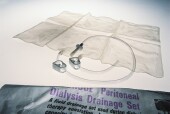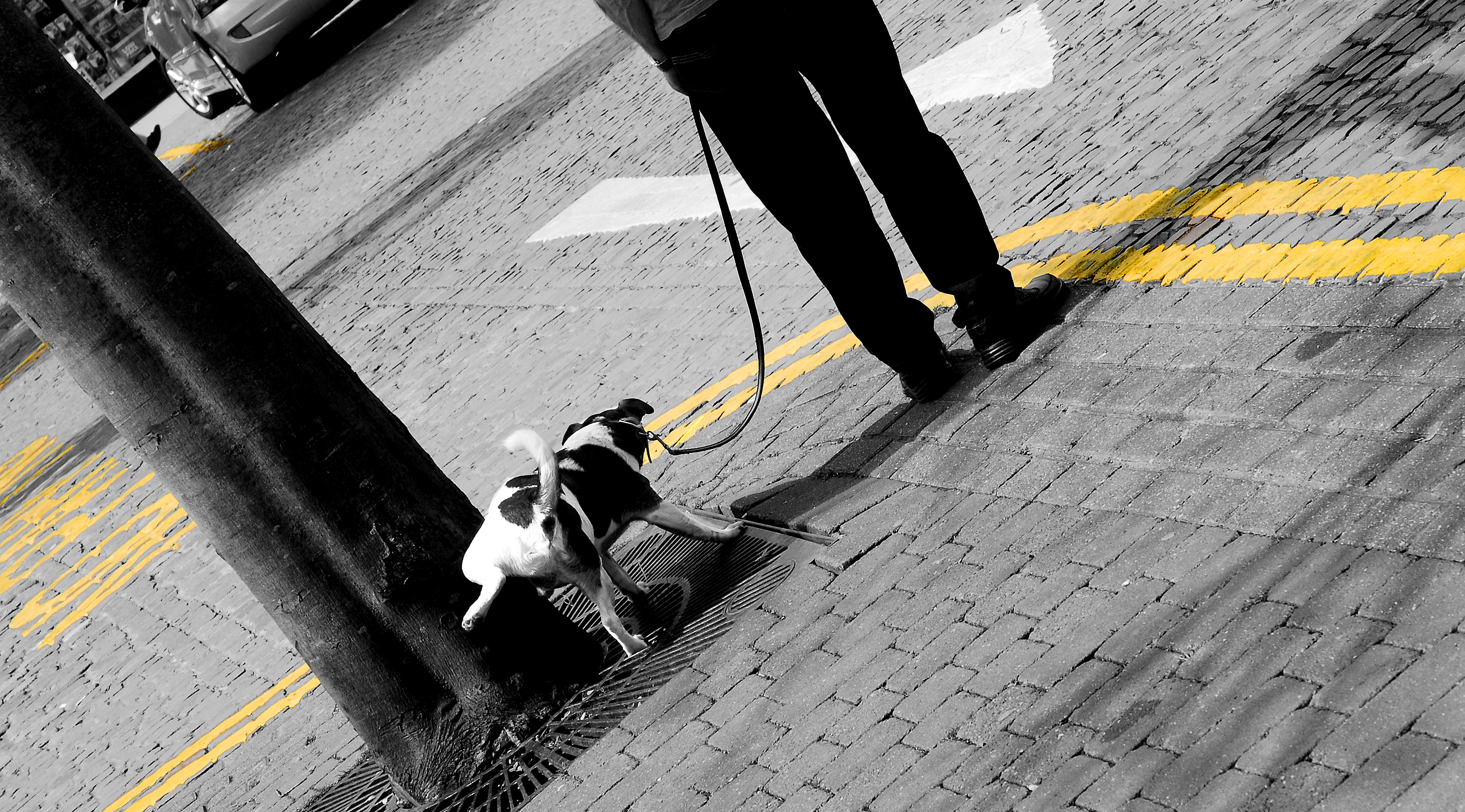
WEDNESDAY, June 24, 2015 (HealthDay News) — More than one-third of kidney dialysis patients in the United States live in poor neighborhoods, a study finds.
Kidney dialysis rates in the United States are higher in poor neighborhoods, and they’re increasing in those areas, the 15-year analysis shows. Dialysis is used to treat people with kidney failure.
Researchers analyzed U.S. Centers for Medicare and Medicaid Services data to assess overall dialysis rates and those in poor areas, defined as having a a zip code where at least 20 percent of people live below the federal poverty line.
The results showed that 27.4 percent of adults who began dialysis between 1995 and 2004 lived in poor neighborhoods, compared with about 11 percent of adults in the general population.
Those percentages increased to 34 percent and 12.5 percent, respectively, between 2005 and 2010, said the researchers from Loyola University Chicago Stritch School of Medicine.
The study was published recently in the journal Hemodialysis International.
The researchers said it’s not clear why kidney failure and dialysis rates are higher in poor neighborhoods. Possible reasons could be less access to health care, greater exposure to environmental toxins and lifestyle habits, they said.
Future studies of kidney failure rates should examine long-term trends in poverty at the individual level and in smaller geographic areas, said corresponding author Dr. Holly Kramer and colleagues.
“The collection of such data may help track national and local trends in poverty status and be used to develop policies for improving health outcomes and disease prevention,” they wrote.
More information
The National Kidney Foundation has more about dialysis.
Copyright © 2025 HealthDay. All rights reserved.

